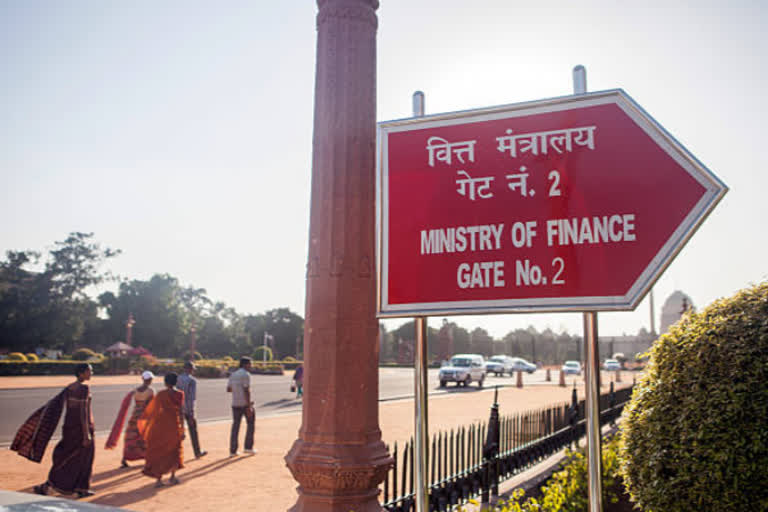New Delhi: Describing infrastructure development as an enabler for growth, a finance ministry-constituted task force has observed that creating new and upgrading existing infra projects with Rs 111 lakh crore investment will be key to raising India's competitiveness and achieving USD 5 trillion economy goal by 2025.
It will especially be critical for the success of the Make in India programme as manufacturing competitiveness critically depends on infrastructure, the final report of the task force submitted to Finance Minister Nirmala Sitharaman on Wednesday said.
The report further said that the supply additions through infrastructure development boost short-term as well as the potential rate of GDP growth.
The task force to draw up the National Infrastructure Pipeline (NIP) headed by Economic Affairs Secretary Atanu Chakraborty projected total infrastructure investment at Rs 111 lakh crore during 2019-20 to 2024-25.
Infrastructure creation is also labour absorbing, which boosts employment and income generation in the economy and further spurs domestic demand, it said, adding that improved infrastructure capacities also create efficiency gains through improved logistics and networks, which would improve the competitiveness of the economy.
"This can help kick in a virtuous cycle of higher investments, growth and employment generation in the economy," it said.
The report suggested that for faster growth to meet the target of USD 5 trillion economy by 2025, more supply-side reforms like deepening bond markets, setting up of development financial institutions and land monetisation are needed.
Read more:Eight core industries' output contracts 6.5% in March
The task force also suggested setting up three committees for monitoring, implementation and funding of infrastructure projects.
Despite daunting challenges due to the outbreak of COVID-19 pandemic, the task force expressed hope that India's economy will recover beginning next financial year.
"We expect India's GDP to recover in the five years beginning fiscal 2021 (2020-21 to 2024-25)," it said.
The growth will be supported by improved health of the financial sector and reforms like Goods and Services Tax and Insolvency and Bankruptcy Code, 2016 are work in progress.
With the end of the deleveraging phase, the corporates will start leveraging and this will push growth up. The corporate tax cut is allowing the companies to de-leverage faster and they will be primed up for undertaking investments when the economic cycle turns and capacity utilisation will catch up and result in an improvement in the investment cycle, it added.
The task force was set up following Prime Minister Narendra Modi's Independence Day speech of 2019 where he alluded to an investment of Rs 100 lakh crore in infrastructure.
"For the development of modern infrastructure, an amount of Rs 100 lakh crore has been earmarked for this period which will create new job opportunities besides improving the living standards," Modi had said.
"Out of the total expected capital expenditure of Rs 111 lakh crore, projects worth Rs 44 lakh crore (40 per cent of NIP) are under implementation, projects worth Rs 33 lakh crore (30 per cent) are at conceptual stage and projects worth Rs 22 lakh crore (20 per cent) are under development Information regarding project stage is unavailable for projects worth Rs 11 lakh crore (10 per cent)," the task force's report said.
Sectors such as energy (24 per cent), roads (18 per cent), urban (17 per cent) and railways (12 per cent) amount to around 71 per cent of the projected infrastructure investments in India, it said.
The Centre (39 per cent) and States (40 per cent) are expected to have an almost equal share in implementing the NIP in India, followed by the private sector (21 per cent), the report said.
(PTI Report)
